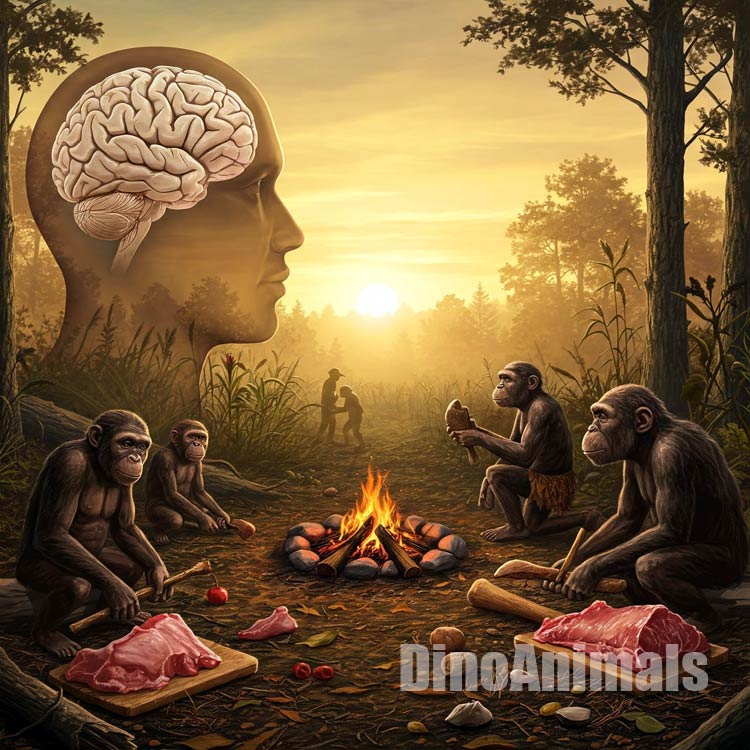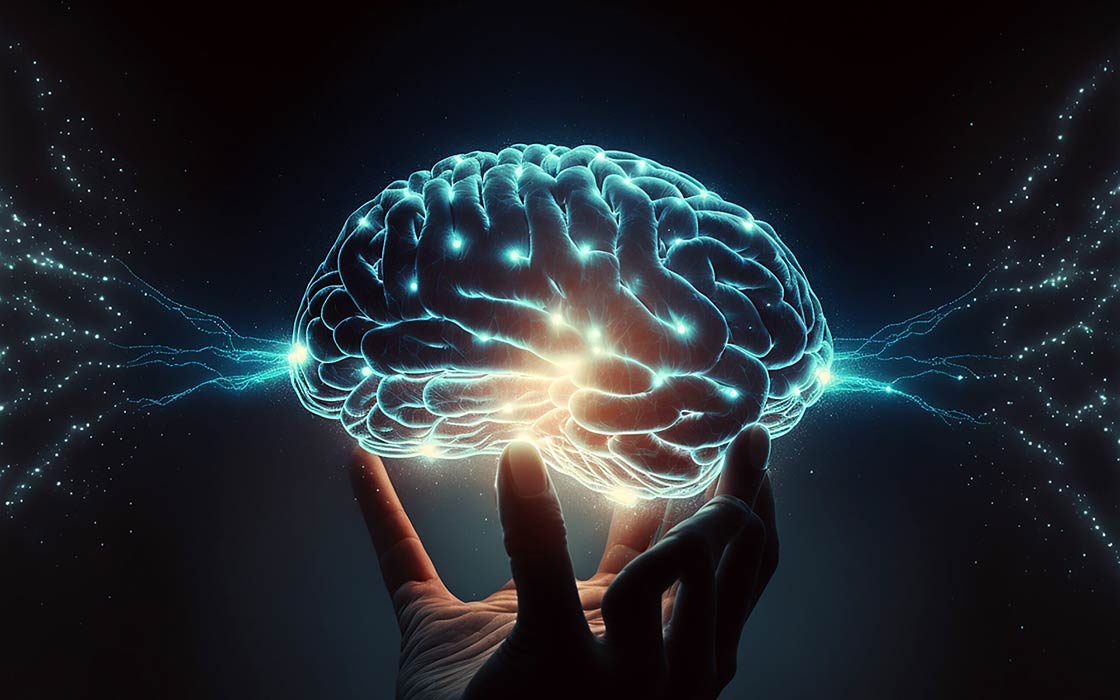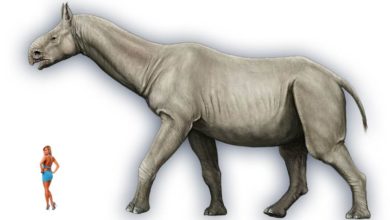The role of diet in human intellectual development
Let us imagine a world millions of years ago: savannas full of dangers, dense forests concealing secrets, and small groups of our ancestors struggling to survive. Their minds, though simple compared to ours, held a potential that would change the fate of the species. What caused us to evolve from small, curious hominins* into beings capable of creating civilizations, art, and technology?
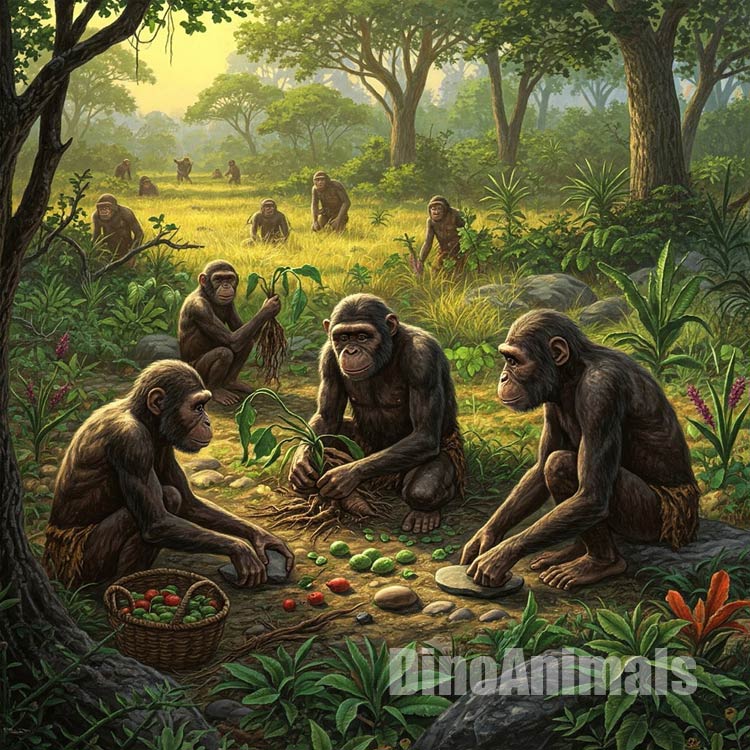
The key to this puzzle lies on the plate
The key to this puzzle lies on the plate – or rather, in what landed on it over the ages. Diet played a crucial role in the evolution of the human brain, and its influence can be traced like a fascinating story of survival and genius, written in the changes in our ancestors’ eating habits. The introduction of meat provided fuel for growing minds, the mastery of fire illuminated new culinary and metabolic possibilities, and plants – the silent heroes of this story – ensured stability and diversity. Here is how these three elements intertwined in an extraordinary dance of evolution, co-shaping the intellectual development of humankind and leading us from primitive instincts to reflection on our own existence. Let’s prepare for a journey deep into the plate that changed the world!
Diet played a crucial role in the evolution of the human brain, and its influence can be traced through changes in our ancestors’ eating habits, including the introduction of meat, the mastery of fire, and the use of plants. Here is how these elements co-shaped the intellectual development of humankind.
* Hominini is a tribe of mammals from the family Hominidae, belonging to the subfamily Homininae. It includes the genera Homo (human) and Pan (chimpanzee), as well as their extinct ancestors.
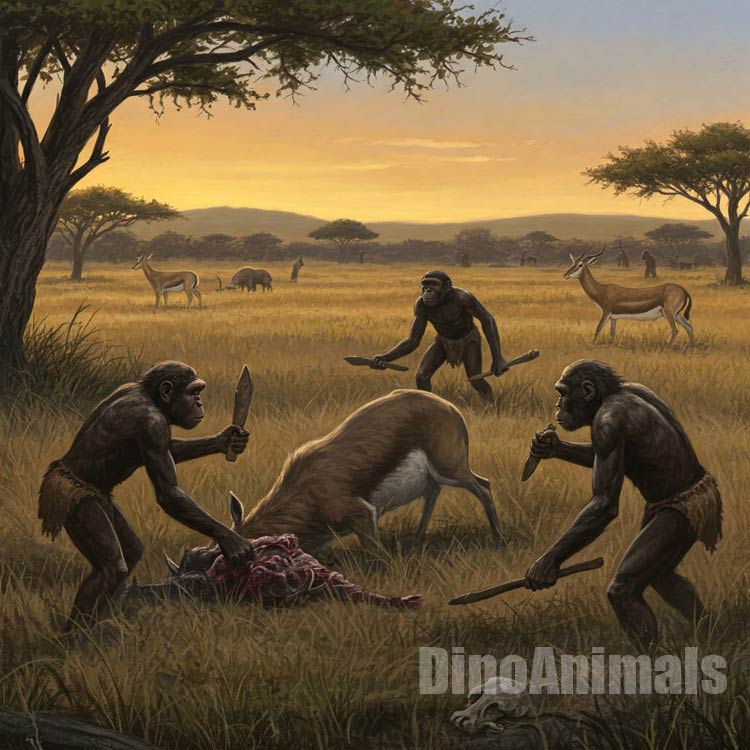
The role of meat
The consumption of meat was one of the breakthrough moments in human evolution. Around 2-3 million years ago, our ancestors, such as Homo habilis or Homo erectus, began to include more animal protein in their diet, initially obtained from carrion, and later through hunting. Meat provided a concentrated source of energy, fats, and key nutrients, such as iron, zinc, and B** vitamins (e.g., B12), which are essential for the functioning and development of the brain.
The high energy density of meat allowed for a reduction in the volume of the digestive system – compared to herbivorous primates, which need large intestines to digest fibrous plants – it is worth taking a look at what a gorilla’s bloated belly looks like; a similar story applies to people who consume large amounts of food (e.g., professional bodybuilders), although in this case it is not a matter of plant-based foods, but quantity.
Energy saved on digestion could have been redirected to the development of a larger brain, which is consistent with the “expensive tissue hypothesis“. Research indicates that an increase in meat consumption correlates with brain enlargement in early hominins (Hominidae) – from approximately 400 cm³ in australopithecines to 1200-1400 cm³ in Homo sapiens.
** B vitamins are a group of water-soluble compounds that play a crucial role in the proper functioning of the body. B vitamins are essential for, among other things, proper energy metabolism, the functioning of the nervous system, the production of red blood cells, the synthesis of DNA and RNA, and maintaining healthy skin, hair, and mucous membranes. The human body does not store most B vitamins (with the exception of B12), so it is necessary to supply them regularly through diet or supplements.

The role of fire
The mastery of fire, mainly attributed to Homo erectus around 1.5 million years ago (although some evidence suggests even earlier use, around 2 million years ago), revolutionized diet and brain evolution. Cooking made food – both meat and plants – easier to digest. Thermal processing breaks down complex carbohydrates and proteins, increasing the availability of calories and nutrients.
Thanks to cooking, our ancestors could extract more energy from food with less digestive effort, which further supported brain development. Moreover, fire enabled the consumption of new types of food, such as tubers and grains, which would have been difficult to digest in their raw form. Cooking may have also contributed to shortening chewing time, which affected changes in the structure of jaws and teeth, and indirectly freed up metabolic resources for other purposes, including intellectual development.

The role of plants
Plants were the foundation of the diet of early hominins and remained important even after the introduction of meat. They provided carbohydrates, vitamins (e.g., C, A), and micronutrients, as well as fiber, which supported the health of the digestive system. Starch-rich tubers and roots became particularly important, as they provided a stable source of glucose – the brain’s primary fuel – after cooking.
Hypotheses suggest that a diverse plant-based diet supported cognitive abilities, for example, through the need to remember the locations of seasonal plants or methods of their preparation. Plants with psychoactive properties, such as some herbs, may have also influenced the development of consciousness and creativity, although this is a more speculative aspect.

Interaction and intellectual development
The combination of these elements – meat, fire, and plants – created a synergistic effect. Meat and cooked plants provided a surplus of energy and nutrients, which allowed for the development of a larger, more complex brain. In turn, a larger brain enabled better hunting planning, the improvement of cooking techniques, and the creation of social structures around shared meals. These activities strengthened cognitive abilities such as memory, cooperation, and problem-solving.
An example is the leap in the development of tools and symbolic culture in Homo sapiens, which coincided with a more sophisticated use of diet. Contemporary neurological studies confirm that a diet rich in omega-3 fatty acids (from meat and fish), iron, and glucose supports cognitive functions, suggesting that similar mechanisms operated in the past.
In summary, meat provided fuel, fire unlocked new sources of energy, and plants ensured stability and diversity – together they created the conditions in which the human brain could evolve from a simple organ to the center of intellect that we know today. So, the next time we sit down for a meal, let’s remember – You are what you eat 🙂
